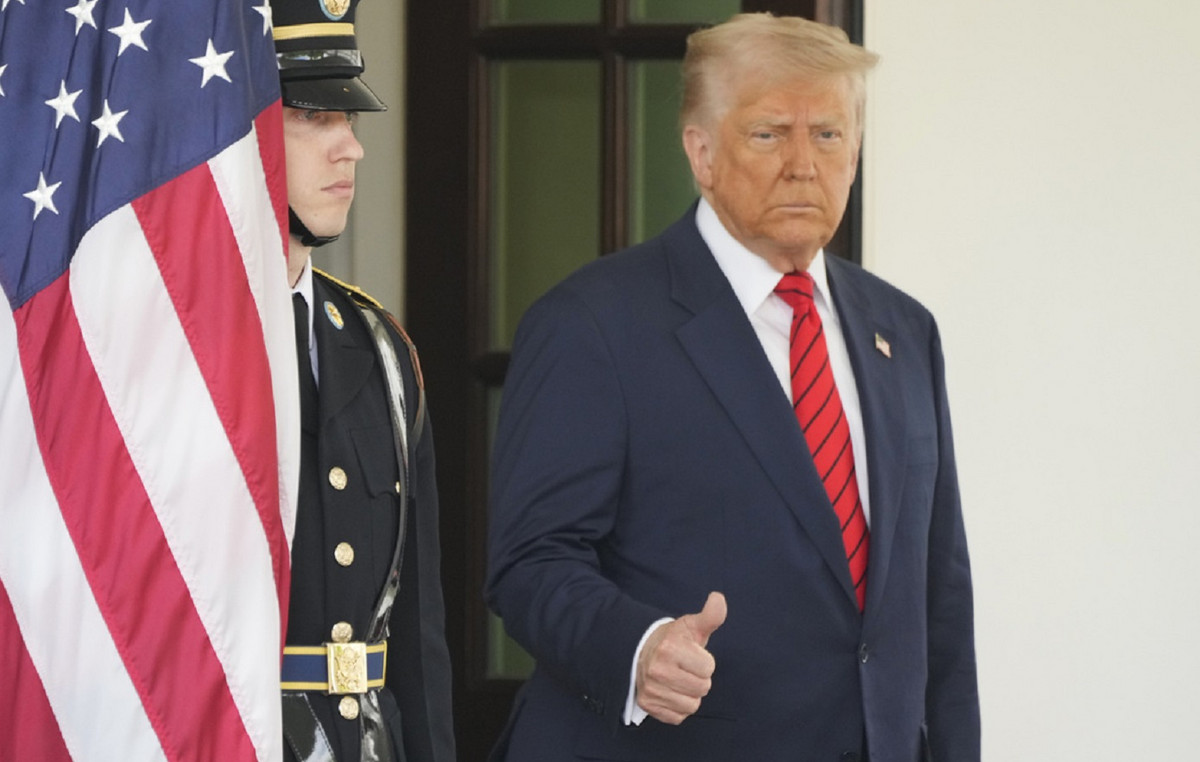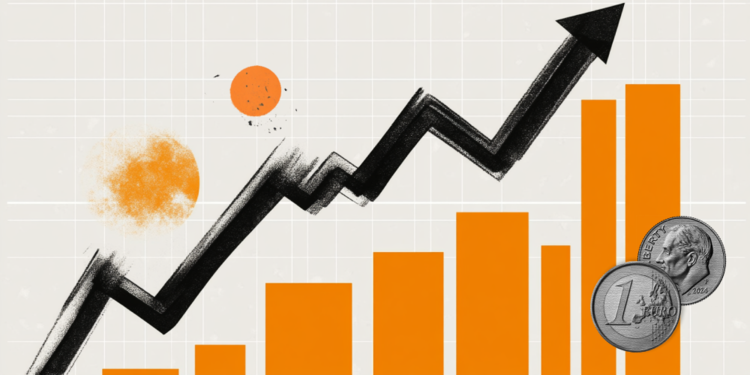- USD/MXN rebounds 0.38%, early in the session.
- Mexican Consumer Confidence fell to 47.1 points year-on-year in September.
- The Dollar index rises 0.33%, marking its second consecutive session on the rise.
USD/MXN set a daily low at 19.24, finding buyers who pushed the pair to a daily high of 19.37. Currently, the price of the US dollar is trading at 19.36 against the Mexican Peso, gaining 0.43% today.
The Mexican Peso depreciates after a decrease in Mexican Consumer Confidence
According to the information provided by the National Institute of Statistics and Geography (INEGI), Consumer Confidence stood at 47.1 points in September, below the 47.6 points registered in August, registering an advance of 0.2 points in its annual comparison. .
On the other hand, the Dollar Index (DXY) registers a gain of 0.33% to trade at 103.26, reaching two-month highs not seen since August 12. Investors will be keeping an eye on U.S. Retail Sales, due out on Thursday.
Technical levels in the USD/MXN
USD/MXN established short-term support at 19.24, given by the October 14 low. The next key support area is located at 19.06, the September 18 pivot point.
We observe the closest resistance at 19.60, the maximum of October 10 in convergence with the 50% Fibonacci retracement. The Relative Strength Index stands at 45.80, below the midline of 50, with selling pressure dominating in the short term.
USD/MXN 4-hour chart

The US Dollar FAQs
The United States Dollar (USD) is the official currency of the United States of America, and the “de facto” currency of a significant number of other countries where it is in circulation alongside local banknotes. According to 2022 data, it is the most traded currency in the world, with more than 88% of all global currency exchange operations, equivalent to an average of $6.6 trillion in daily transactions. After World War II, the USD took over from the pound sterling as the world’s reserve currency.
The single most important factor influencing the value of the US Dollar is monetary policy, which is determined by the Federal Reserve (Fed). The Fed has two mandates: achieve price stability (control inflation) and promote full employment. Your main tool to achieve these two objectives is to adjust interest rates. When prices rise too quickly and inflation exceeds the 2% target set by the Fed, the Fed raises rates, which favors the price of the dollar. When Inflation falls below 2% or the unemployment rate is too high, the Fed can lower interest rates, which weighs on the Dollar.
In extreme situations, the Federal Reserve can also print more dollars and enact quantitative easing (QE). QE is the process by which the Fed substantially increases the flow of credit into a clogged financial system. This is an unconventional policy measure used when credit has dried up because banks do not lend to each other (for fear of counterparty default). It is a last resort when a simple lowering of interest rates is unlikely to achieve the necessary result. It was the Fed’s weapon of choice to combat the credit crunch that occurred during the Great Financial Crisis of 2008. It involves the Fed printing more dollars and using them to buy US government bonds, primarily from financial institutions. QE usually leads to a weakening of the US Dollar.
Quantitative tightening (QT) is the reverse process by which the Federal Reserve stops purchasing bonds from financial institutions and does not reinvest the principal of maturing portfolio securities in new purchases. It is usually positive for the US dollar.
Source: Fx Street
I am Joshua Winder, a senior-level journalist and editor at World Stock Market. I specialize in covering news related to the stock market and economic trends. With more than 8 years of experience in this field, I have become an expert in financial reporting.







